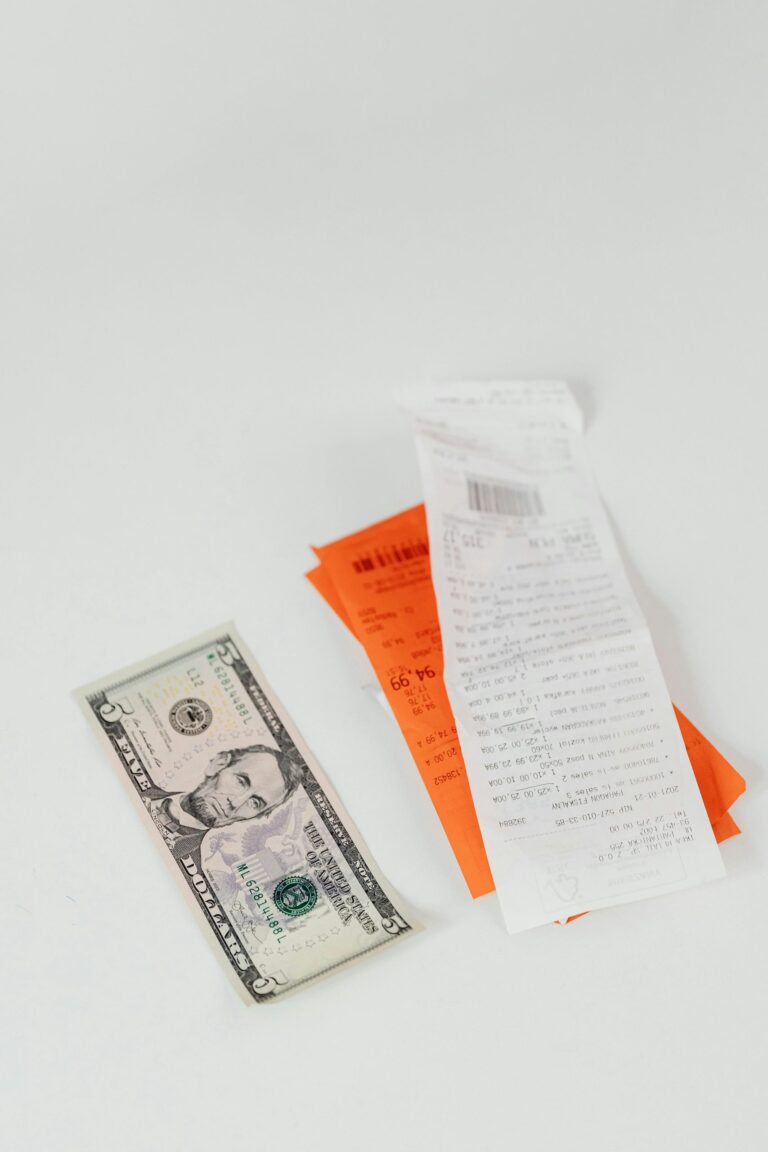7 Steps on How to Stop Living Paycheck to Paycheck
Living paycheck to paycheck can feel like being on a never-ending treadmill; you’re constantly working but never seem to get ahead. The good news? With a few mindset shifts and strategic steps, you can break the cycle and build financial security. Let’s explore how to stop living paycheck to paycheck for good.
Step 1: Understand Your Financial Picture
Track Every Dollar
Start by tracking all of your income and expenses. You can’t fix what you don’t fully understand. Use a budgeting app, spreadsheet, or even a notebook; just make sure you’re capturing everything. This includes bills, subscriptions, groceries, coffee runs, and unexpected expenses.
Identify Your Spending Patterns
Once you see where your money goes, look for trends. Are you eating out too often? Subscribed to services you no longer use? This isn’t about guilt, it’s about gaining control.
Step 2: Build a Budget That Works
Create a Realistic Budget
Don’t aim for perfection; aim for progress. Your budget should be practical and account for your real lifestyle, not an idealized one. Make sure your essentials (housing, food, utilities, transportation) are covered first.
Include a “Buffer” Category
Add a small buffer in your budget for unexpected expenses. This helps you avoid turning to credit cards or payday loans when life throws a curveball.
Step 3: Start a Starter Emergency Fund
Why You Need One
Even a $500 emergency fund can be a game-changer when you’re living paycheck to paycheck. It gives you breathing room when unexpected costs pop up, like a car repair or medical bill.
How To Build It
Sell unused items, take on a temporary side hustle, or cut back on non-essentials for a few months. The goal isn’t to build a massive fund overnight, just a small cushion to give you peace of mind.
Step 4: Pay Down High-Interest Debt
Focus on Credit Cards First
Credit cards often carry the highest interest rates. Focus on paying these down first using the avalanche method (highest interest rate first) or the snowball method (smallest balance first), whichever motivates you more.
Avoid Adding New Debt
Try not to rely on credit cards for daily purchases. Switch to debit or cash so you’re only spending money you already have.
Step 5: Increase Your Income
Look for Side Hustles
Freelancing, tutoring, pet-sitting, food delivery, or remote gig work can bring in extra cash. Even an additional $200/month can make a difference.
Ask for a Raise or Explore Better Job Options
If you’ve been consistently performing well at work, consider asking for a raise. Alternatively, look for jobs that offer better pay or benefits, especially if you’ve outgrown your current role.
Step 6: Automate and Simplify
Automate Bill Payments and Savings
Set up automatic transfers for bills and savings so you’re never late and your savings grow without effort.
Use Technology to Stay on Track
Apps like Mint, YNAB (You Need a Budget), or Goodbudget can help you stay organized and make better decisions in real time.
Step 7: Change Your Money Mindset
Think Long-Term
Shift your mindset from short-term survival to long-term security. Think in terms of goals—saving for a home, taking a debt-free vacation, or building a retirement fund.
Celebrate Small Wins
Every paid-off debt, every $100 saved, and every financial habit you improve is worth celebrating. Progress fuels motivation.
Breaking the cycle of living paycheck to paycheck won’t happen overnight, but with steady steps, it will happen. The most important part is starting. Be kind to yourself, stay consistent, and remember: you’re not just budgeting—you’re building a better future.
Similar Articles
- Debt Snowball vs. Debt Avalanche: Which Method is Right for You?
- 10 Creative Ways to Make Extra Cash Each Month
Disclosure: Some of the links on this page are affiliate links, which means I may earn a small commission if you make a purchase through them—at no extra cost to you.






